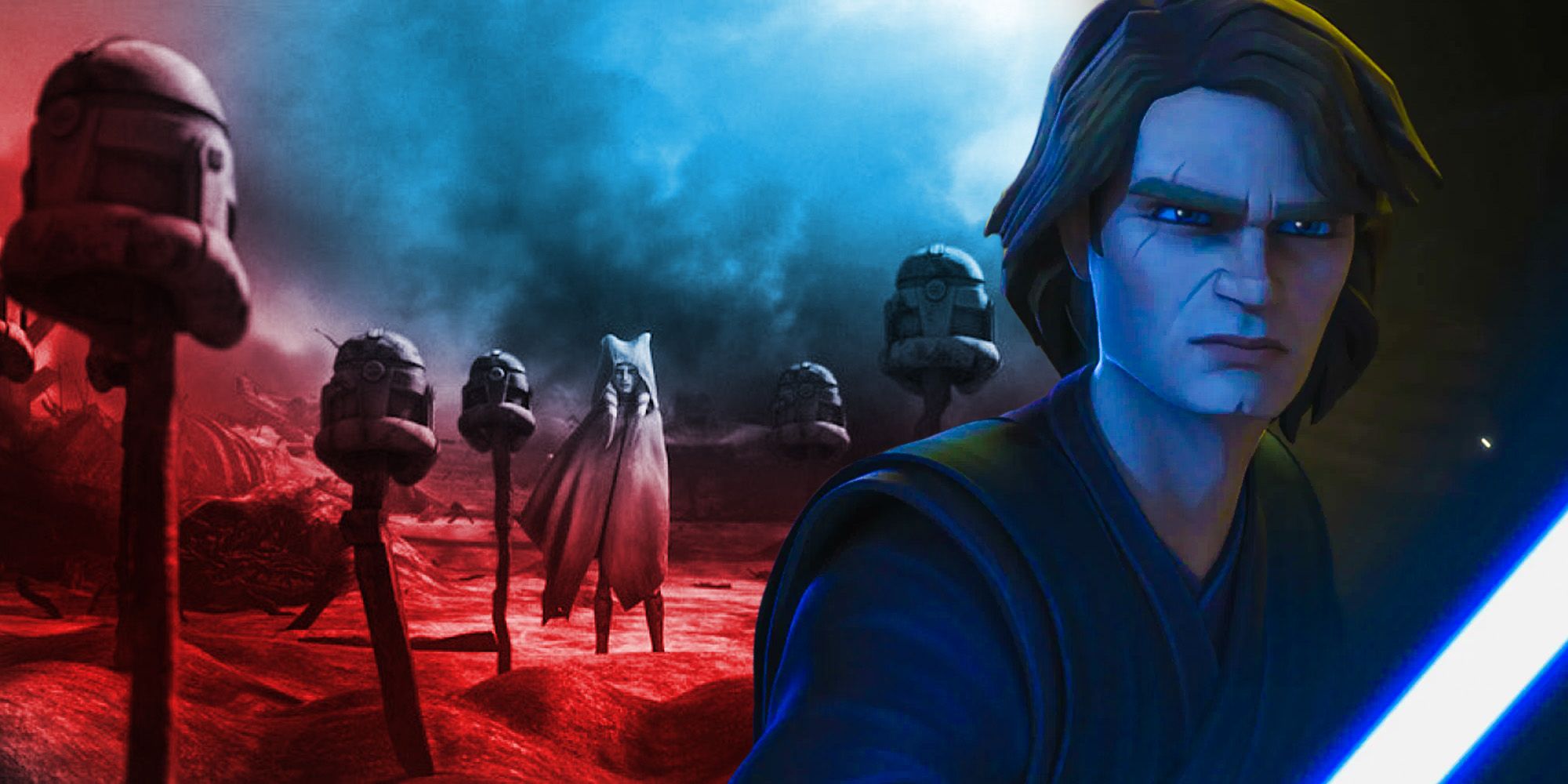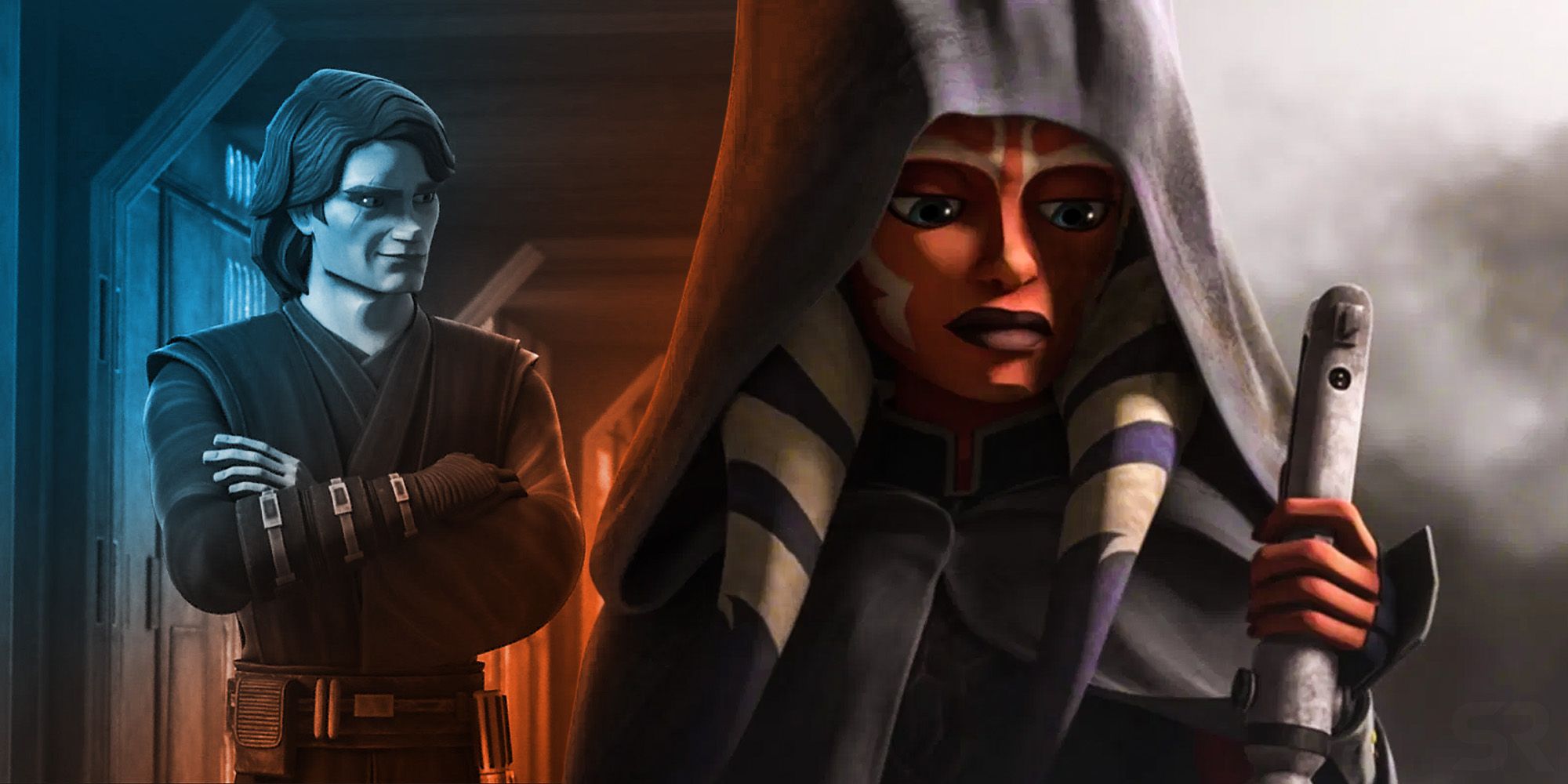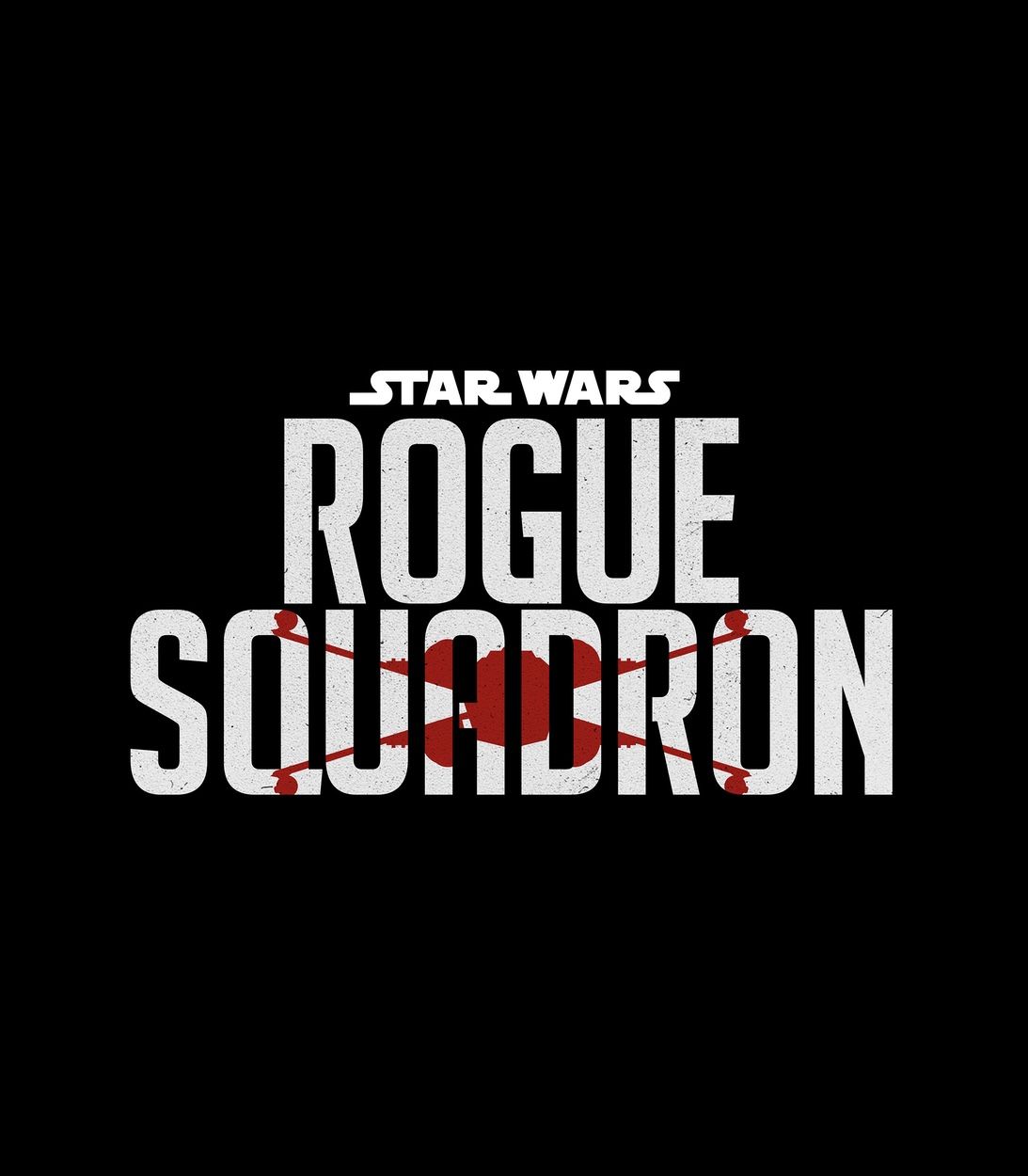Star Wars' The Clone Wars had many notable hallmarks throughout its seven-season run, including impressive animation, compelling story arcs, and perhaps most memorably, some very brutal death scenes. From the Rishi Eel ingesting Cutup in season 1 to Darth Maul’s hallway massacre in season 7, The Clone Wars remained devoted to its depiction of the horrors of war. In fact, the show portrayed some of the most brutal death scenes of any Star Wars media. Seeing as the animated show was generally targeted towards a younger audience, the violence and dark themes it portrays often provoke the question of how Disney agreed to include it in their Disney+ lineup.
First released in 2008, The Clone Wars wasted no time in setting the tone for the show’s reputation, depicting clone troopers sucked into space, Nahdar Vebb shot at point-blank range, and villains Gha Nachkt and Faro Argyus stabbed in the back by lightsabers. Seasons 2, 3, and 4 continued the trend, giving viewers the death of Bolla Ropal by electroshock torture, Mandalorian terrorists and Twi’lek slavegirls jumping to their deaths, and clone troopers being shot in the head during executions, not to mention Toydarian kings being strangled by Savage Opress or Trandoshan hunters being head-stomped by Chief Tarful and impaled on spikes. Seasons 5 and 6 wouldn’t back down on the series’ violence either, so it was no surprise that the final season of The Clone Wars was by far its darkest.
Related: Star Wars: The Clone Wars' 3 Different Finales Explained
With Disney picking it up for its last season, it's a bit surprising that the family-friendly company would keep the brutality of the series intact. However, despite being hosted on the Disney+ platform, the show retains its excessive deaths for two reasons: the existing production history of the program and the thematic goals of its writers. The Clone Wars was originally released on Cartoon Network in 2008 following a theatrical movie premiere and would remain there for five seasons while it carried the TV-PG (V) rating. Seeing as this rating was shared with other programs on the network at the time including Naruto, The Regular Show, Dragonball Z, and Gundam, the violence in The Clone Wars was simply par for the course. Decapitations, stabbings, explosions, and even occasional suicides were greenlighted provided they didn’t include blood or gore. With Cartoon Network as the distributor, as opposed to Nickelodeon or Disney, the creative team had more wiggle room to work with.
Netflix later picked up the show for an abridged 6th season and chose to keep the rating the same. With production winding down in 2014, Disney's acquisition of Lucasfilm that same year didn't necessitate rating changes. However, the sequel series, Star Wars Rebels, was produced for release on the Disney XD Network and the violence was heavily toned down for a TV-Y7 (FV) rating throughout its four-season run. This made it accessible to audiences as young as seven, and merely acknowledged its fantasy violence. But when The Clone Wars was renewed for a 7th season on Disney+, the precedent for the show’s darker tone and sharper animation had long been established and the TV-PG (V) rating returned and along with it, the violence fans had come to expect.
It was wise of Disney not to mess with the established tone. The show portrayed a very dark time in the Star Wars universe, where the entire galaxy has been thrust into war, the Jedi have begun to lose sight of their peacekeeping ways, and the universe’s most evil Sith lord is pulling the strings behind all. To bridge the gap between Attack of the Clones and Revenge of the Sith, and to match the tone and narrative of George Lucas's prequel trilogy, the writers had to approach many dark themes including the collapse of the Republic Senate’s credibility, Ahsoka’s disillusionment with and departure from the Jedi Order, the emergence of vast criminal underworlds and most importantly Anakin’s progression to the dark side. Lightening up the tone of The Clone Wars would have undermined the story it was trying to tell.



